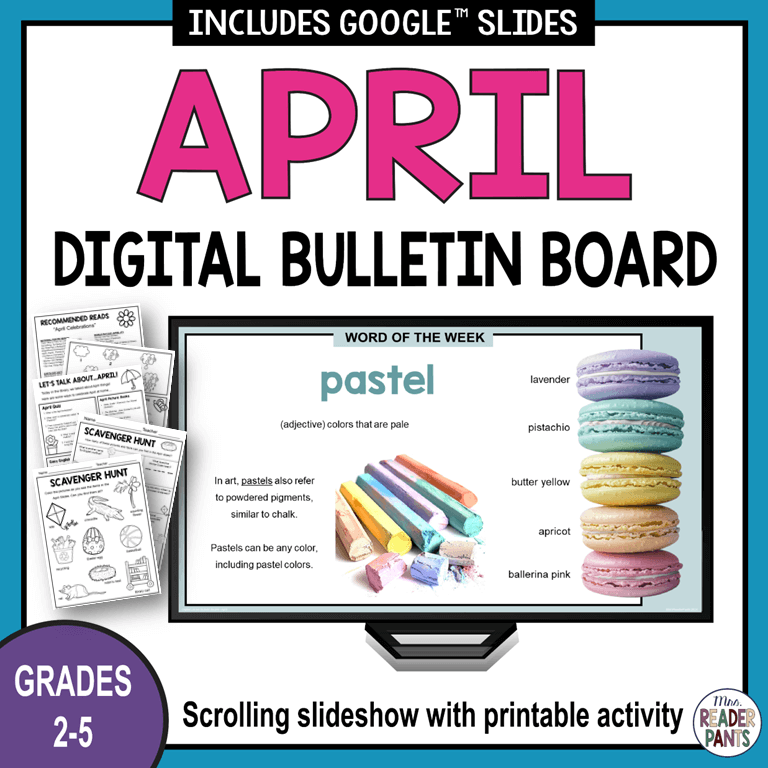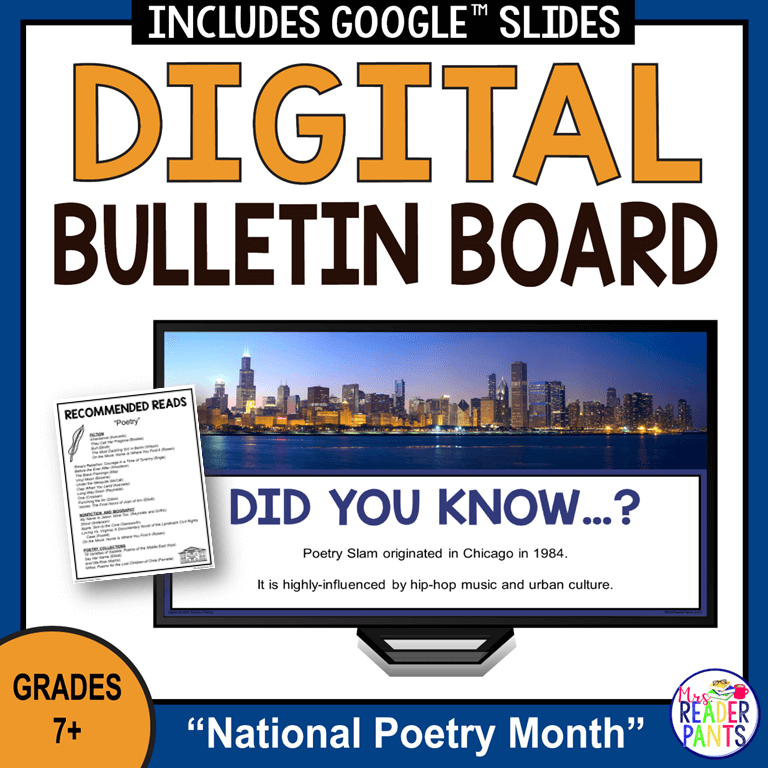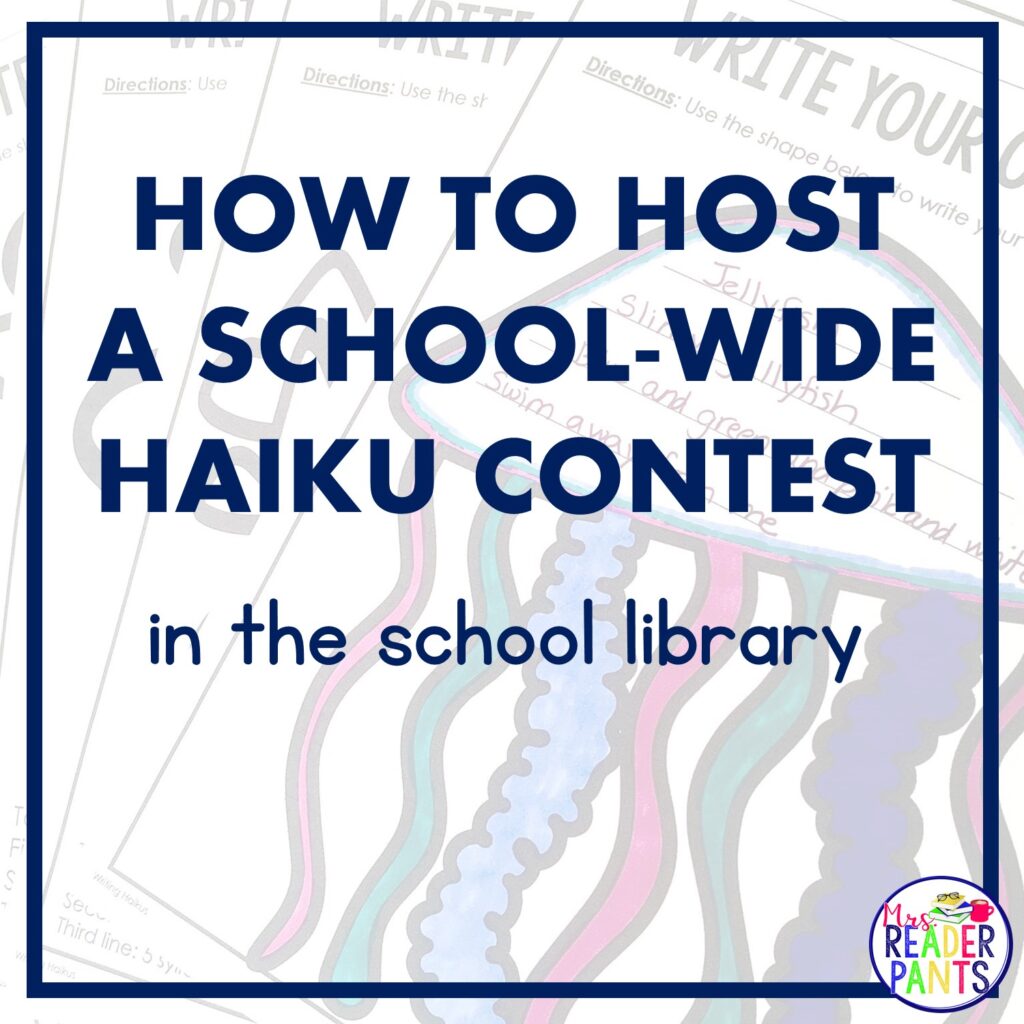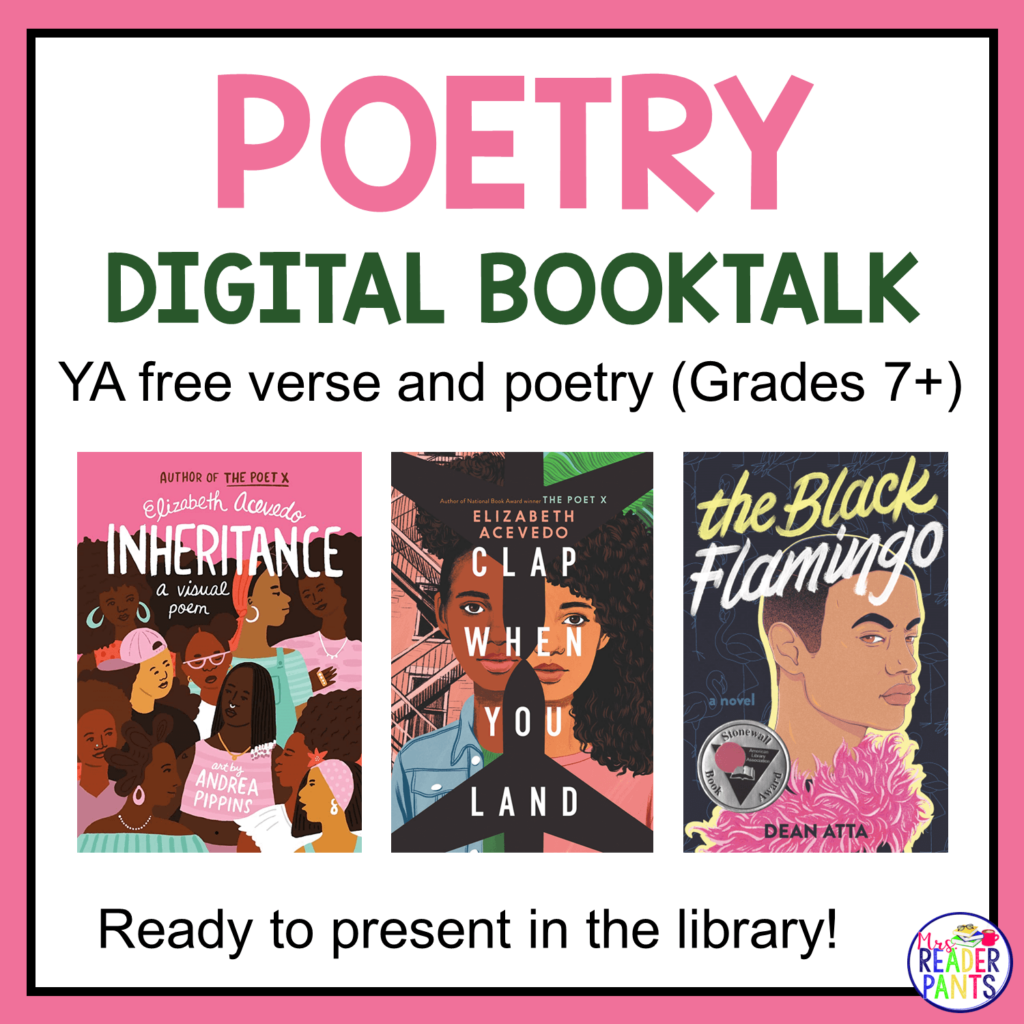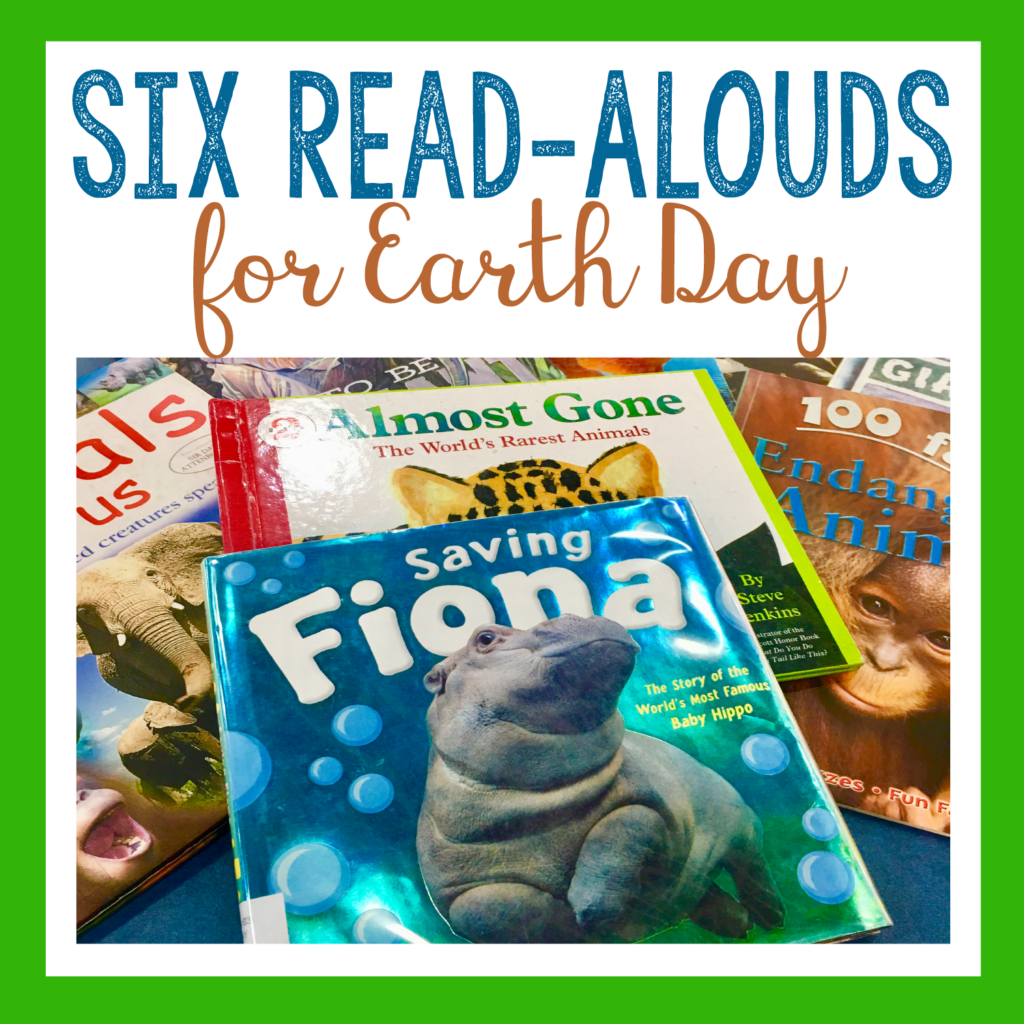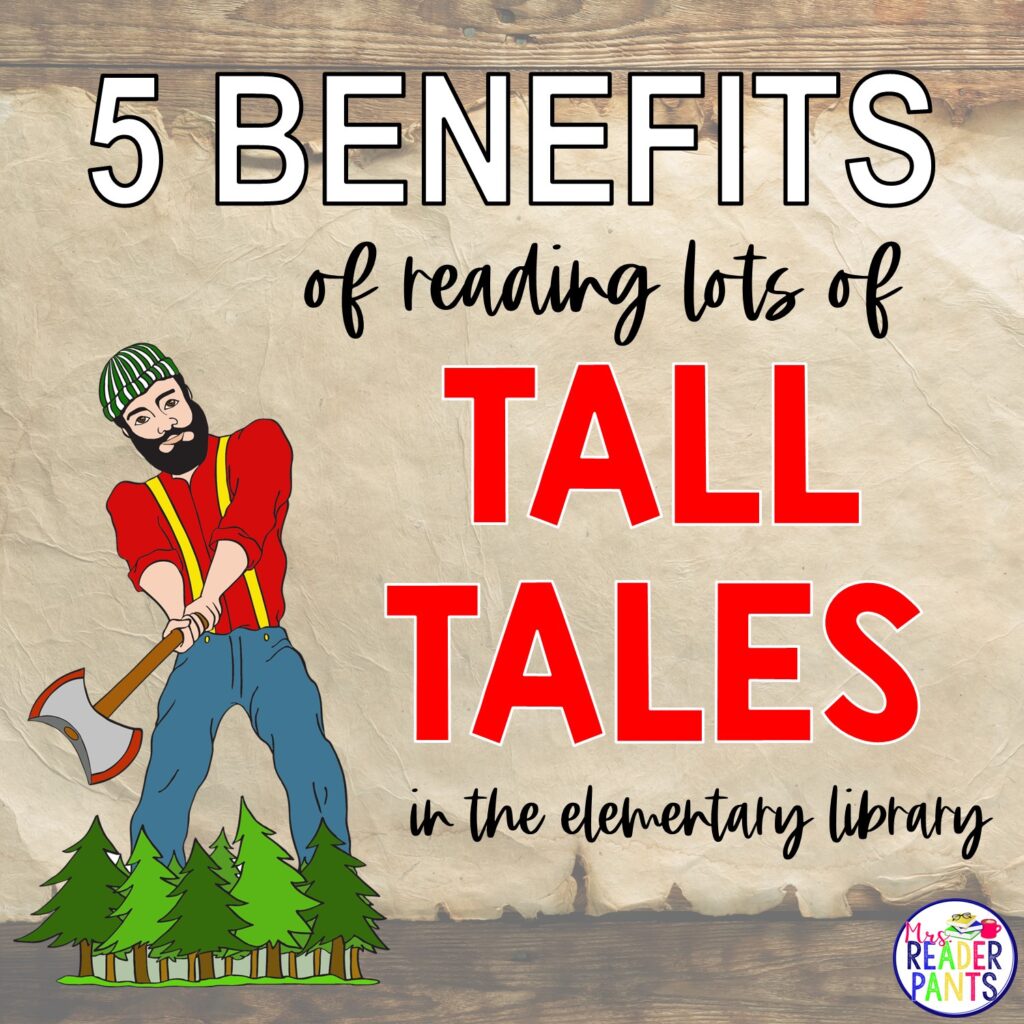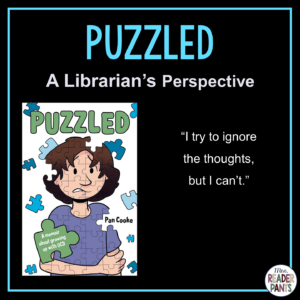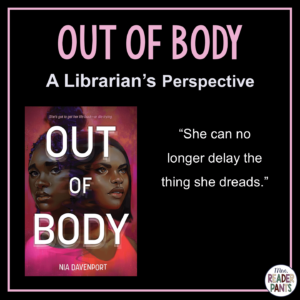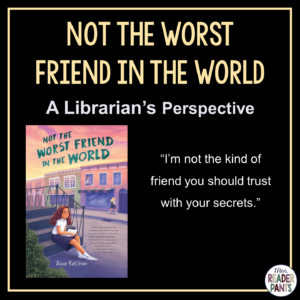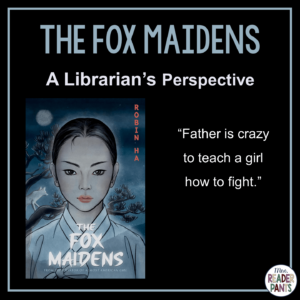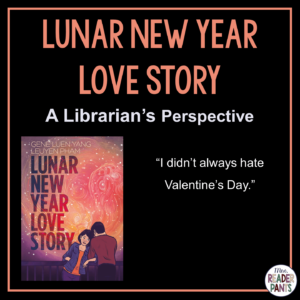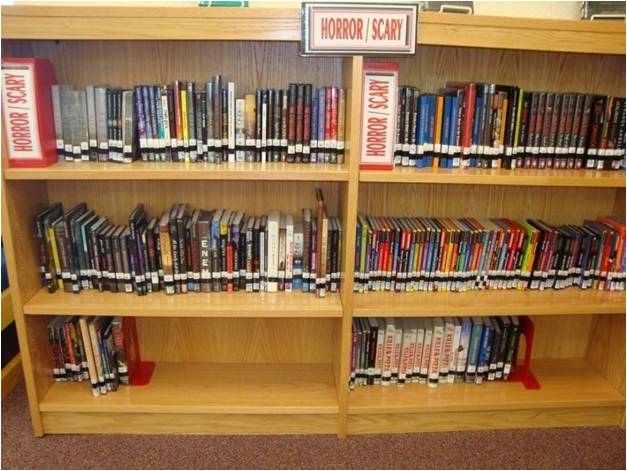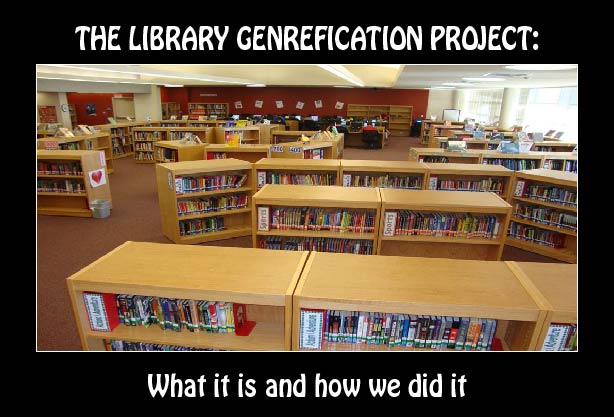
Interested in school library genrefication? Way back in 2011, I genrefied my very first middle school library. At the time, I was the only librarian I knew taking on this challenge, but I am certain there were other early pioneers. Since I wrote this post, I have genrefied a second school library, this time in China. Genrefication is now an integral part of many school libraries, and many more libraries are taking the plunge into genrefication. I encounter far fewer nay-sayers these days, though I do still see other librarians who oppose it for their libraries.
This is my original post about my own experience with school library genrefication…
ORIGINALLY PUBLISHED ON SEPTEMBER 10, 2011:
“Where are your scary books?”
“Do you have any books like Twilight?”
“Where are all the mythology books?”
After nine years as a school librarian, I have been witness to many, many students rushing into the library asking these questions. Bearing library passes with precious few minutes before they must return to class, middle school students often do not have time to mull around or search the catalog to figure out what books to get. They may not have a specific author or title in mind, but almost every student who comes in knows what type of book (genre) he or she wants.
For nonfiction books, the Dewey Decimal system accounts for genre naturally. 796 is sports. 398 is traditional literature. 940 is European history. But fiction sections, by far the most popular section in my middle school library, are traditionally organized alphabetically by the author’s last name. And while I’m sure it’s happened, I can’t think of one time a student has rushed in, asking me where all the books by so-and-so author are located. The fact is, the kids don’t usually know or care who the author is. They just want a paranormal romance before the bell rings.
Last January, I attended a workshop at our regional education service center. One of the sessions was about genrefying your library, presented by a local high school librarian. The librarian told us about how she genrefied her fiction section and the enormous increase in circulation her library saw as a result. Her enthusiasm and simple step-by-step instructions inspired me to do it myself.
So while the original idea is not my own, I wanted to share it on my blog for other librarians who have ever considered genrefying their fiction section.
BENEFITS
- Students can find the books they want more easily. Our number of items circulated has nearly doubled over the same three-week period last year.
- Books are organized the way students look for them. This is also consistent with many book stores.
- We can instantly identify holes in our collection. After only three weeks of our project completion, I have already ordered more books for the horror section. It’s been ravaged. Paranormal, Sports, Humor, and Chick Lit/Romance also need some attention. Fantasy, realistic fiction, mystery, and historical fiction sections do seem pretty sufficient for our readers, so they are not the priority at this time.
- I am a fan of anything that makes shelving easier, and this project definitely does that for the Fiction and 741.5 (graphic novels) sections. We can also identify a book in the wrong section immediately. My six-year old sometimes walks around after school and pulls out the ones in the wrong section. Easy-peasy!
- I now have no doubt that my students can easily define “genre,” a state-tested term for middle school language arts. I would bet money that most–if not all–of our students can also name several genres without even breaking a sweat.
- Now when a student asks me “Where are all your scary books?” I can smile sweetly and say they’re right here. Next question!
CIRCULATION DATA:
We completed our genrefication project at the end of May 2011, which for us, is the end of the school year. The first real data we have for the success of our project is from the first three weeks of school this year compared with the same period in 2010:
| DATE | # OF ITEMS CIRCULATED | DIFFERENCE |
| Aug. 23-Sept. 10, 2010 | 1,212 | |
| Aug. 22 – Sept. 9, 2011 | 2,310 | = 1,098 more circulations over the same period last year! |
The students are excited about being able to find what they want quickly, and as a result, our circulation statistics over the same period last year nearly doubled. For the first time since we opened our campus three years ago, all of our sixth and eighth grade literature teachers began the school year with a major genre assignment, using the library’s new genre categories as the guide. I actually saw eighth grade English classes as a group outside their library orientations!
HOW DID WE DO IT?
I am going to present this in a step-by-step process, similar to the way it was presented to me:
1. IDENTIFY GENRES AND COLORS
Make a list of the genres you want represented and the colors you want to use for each genre. Think about what books your students ask for, and how they ask for them (the terminology they use). Consider also what your teachers might need for their classes. For example, one eighth grade teacher at my school does a short unit on narrative nonfiction every year, which could be its own genre section.
The genres (colors) we used include:
|
|
2. ORDER YOUR SUPPLIES
We ordered our supplies from Demco and Highsmith. You will need several rolls of book tape and color-code labels to match the genres you chose and the estimated number of books for each section. Be sure also to order at least 1-2 extra rolls of color labels and tape because you will also have to genrefy new books as you receive them.

***update April 2016***
I have also discovered that Amazon has a lot of different color selections. This is beneficial if you want many different genres I have 18 genres now, and finding 18 colors that didn’t look too similar to each other was not easy. In researching sources for more label colors here in China, I found the labels below on Amazon. The image on the left links to rectangular labels (my preference) and includes 26 different colors, including matte silver, matte gold, shiny silver, and shiny gold. The middle image is great if you prefer round labels, and the image on the right is a definite necessity–clear label protectors. You will need these to secure your new genre labels to the spine and keep their vibrant colors from fading.
As a librarian in China my label colors have been limited here, so I plan to buy these when I go home this summer. We are planning to add one or two new genre sections next school year–I am thinking about splitting our huge Fantasy section again, and possibly the Realistic Fiction section.



3. DECIDE HOW YOU WANT TO DESIGNATE EACH GENRE IN YOUR CATALOG.
Our school district circulation system is Destiny. We decided to put the section name in front of the existing call number for that book. For example, Brandon Mull’s Fablehaven previously had a call number of FIC MUL. We changed the call number to FANTASY FIC MUL.
Another librarian in our district (inspired by the same workshop I attended) put the color code in parentheses after the call number instead. For example, The Red Pyramid by Rick Riordan would be FIC RIO (red/white).
Another possibility would be to put the genre name in the Sublocation or Copy Categories fields in Destiny, which would enable librarians and students to print book lists by genre.
It does not really matter what your circulation system is or how you decide to do it. The most important thing is that you are consistent and your patrons can still find the books they want easily.
4. PICK UP A BOOK AND START GENREFYING.
This part is very slow and detailed, but we had a great time doing it. The general order was:
- Look at the cover and read the blurb.
- Decide on a genre. For some books this will be obvious just by looking at the cover art. Other books will require some investigation. If in doubt, consult circulation catalog, Goodreads, Amazon, BN, students, other librarians before picking a genre.
- Put the color label on the spine. Cover it with book tape so it stays on.
- Change the call number and/or sublocation and/or copy category in the catalog. You’ll still need to be able to look up the book in the catalog and find the it in the library!
- Shelve with the genre section once they are created.
My aide and I and about 10 eighth grade students worked diligently every day for four months on this project. Library life continued throughout those four months. We never closed as a result of the project, and our schedule went on as usual. If anything, we were busier than we had been before because students and teachers were curious about what had changed since the last time they came in. Yes, it took a long while, but we really, really got to know our collection, and all of us involved ended up discovering new books to read and recommend. Truth be told, it was actually kind of fun.
At times, we got stuck. Many books could easily fall into more than one genre category. We turned this into a lesson for all our students by putting a sticky-note on those books, listing 2-3 genres we thought would fit best. We kept these books on a table with some pencils, and students in the library could read the book blurb and vote (on the sticky note) on which genre they thought it should be. Since the whole point of this project was to help students find books where they were looking for them, the genre receiving the most votes for that book was the one that stuck. This was also our sneaky little way to get students school-wide reading lots of different book blurbs!
5. START CREATING YOUR SECTIONS.
In my library, we created our genre sections as we went so that all our students could observe our progress and really take-part in the project. To do this, we color-coded all the books on six of our shelves. Then, we removed all the books from those six shelves and sorted them by color on tables. We then replaced the books into the cleared shelves, organizing them by genre this time.
The other librarian in our district labeled all her fiction books first, then reorganized them at the end. Her process saved her a couple of weeks of time, so if you are wanting to just get it done, this is probably your best bet.
If, however, you want your students to see the process as it goes, I recommend moving the books as you go. It did take us a little longer and required lots of moving and shuffling of books, but our students were really buzzing about the project. Our literature classes are scheduled to visit as a group every two weeks, and the kids loved seeing how the library had changed since their last visit. Sections were relocated (due to changing shelf space needs) lots of times, and a student visiting the library twice in the same day might see a very different layout both times.
It is also important to note that most of our library shelves are made of heavy oak, but they have wheels on the bottom and are mobile. This enabled us to change our library layout to suit the size of our genre sections. Librarians with immobile shelves may want to house similar genres side-by-side in the same area. Also, this project requires lots of lifting of books and moving of heavy shelves. My aide and I are both healthy and in good physical condition, but we still recruited students when we needed help moving heavy shelves or reshuffling large numbers of books. This was a great job for our eighth grade football players, who were always happy to help, and it brought them into the library. Win-win!
6. LABEL YOUR SECTIONS CLEARLY.
Since the library layout and book locations may change daily as you genrefy, be sure to label sections clearly with signs and/or pictures that compliment the genre colors you chose.
These are the labels I have used in my libraries. They were relatively easy to create in PowerPoint, but if you want to save some time creating them, you can find mine in my TPT store and in my MrsReaderPants shop.
 Classroom or Library Book Genrefication Labels
Classroom or Library Book Genrefication Labels
Interested in your own school library genrefication project? Want to update your current genre labels? This set of genre labels is designed save you time and help make your genrefied library beautiful and easy to navigate.
7. ADVERTISE!
Make sure students and teachers know what you are doing. Provide weekly updates on the school’s announcements. Remind students that they can come in to help during lunch or before/after school. Post photos of your progress to your library web page. Advertising your project will generate interest and help to grab those kiddos who don’t often choose to visit the library on their own.
QUESTIONS? COMMENTS? DID YOU GENREFY YOUR LIBRARY?
If you have questions or comments about genrefying your library, please post a comment! I monitor my blog daily, and I promise to respond quickly. I would also really love to know who else has genrefied and how your experience went.

